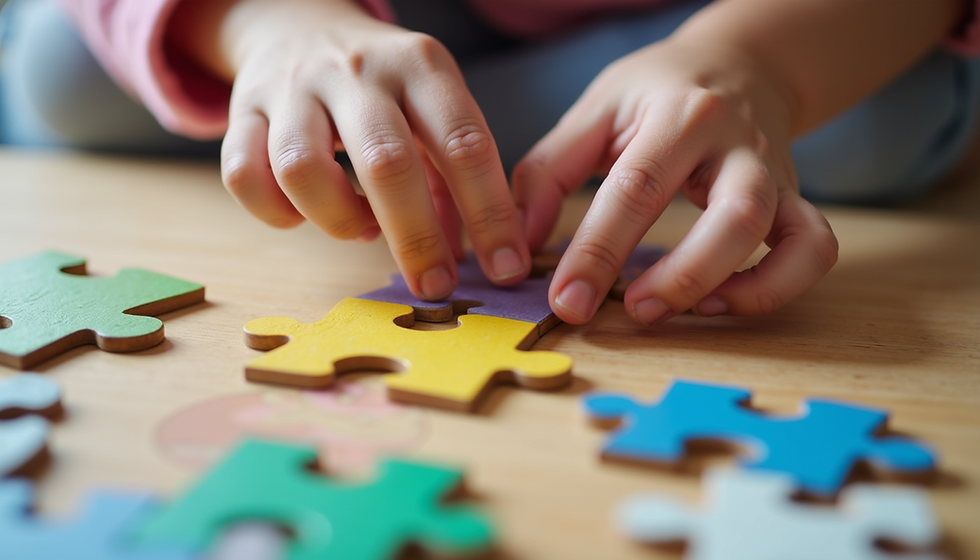Transforming Household Items into Educational Tools
- Ritu Jain

- Sep 8
- 2 min read
Updated: 3 days ago
The Benefits of Using Household Items for Learning
Utilizing household items for educational purposes not only saves money but also has several other benefits:
Encourages Resourcefulness: Children learn to use what is available, fostering an attitude of resourcefulness.
Promotes Engagement: Familiar items can reduce anxiety and increase interest in learning activities.
Enhances Creativity: Transforming everyday items into learning tools challenges both you and your child to think creatively.

Here's a chart showing the main benefits of using household items for educational purposes:
Benefit | Description |
Cost-Effective | Reduces the need for expensive educational materials. |
Accessibility | Easy to find and use at any time. |
Eco-Friendly | Reuses items that might otherwise be discarded. |
Customizable | Can be adapted for children at different learning stages. |
Engaging | Makes learning relatable and fun, increasing the retention of knowledge. |
Many common household items can be repurposed for educational activities. Here are a few examples:
Cardboard Boxes: These can be turned into anything from a homemade dollhouse to a simple robot, encouraging creativity and engineering skills.
Old Magazines: Use these for art projects or to practice reading and recognition skills with younger children.
Kitchen Items: Measuring cups and spoons teach math and volume, while ingredients can be used in science experiments.
DIY Learning Tools You Can Make Today
Creating your learning tools can be a fun and rewarding experience. Here are some simple DIY projects:
Bottle Cap Math: Collect bottle caps and use them for counting or basic arithmetic exercises.
Sock Puppets: Old socks can be made into puppets to encourage storytelling and creativity.
Discovery Bottles: Fill clear bottles with various items like glitter, beads, or small toys to create sensory experiences.
Here's a visual representation of how household items can be transformed into educational tools:
Item | Educational Use | Skills Developed |
Bottle Caps | Counting, sorting, basic math | Arithmetic, sorting |
Sock Puppets | Storytelling, role play | Communication arts |
Discovery Bottles | Sensory exploration, science experiments | Sensory skills, science |
Teaching Kids with Everyday Objects
Here are practical ways to integrate everyday objects into your teaching:
Nature Walks: Use a walk in the park to teach about plants, insects, and the ecosystem.
Cooking Together: Kitchen activities are excellent for teaching measurements, chemical reactions, and following instructions.
Sorting Laundry: This can teach colors, counting, and patterns.
Each activity not only teaches core subjects but also important life skills.
Conclusion
Turning everyday household items into educational tools is an effective way to enhance your child's learning. It encourages creativity, problem-solving, and a deeper understanding of how the world works. By using the resources you already have at home, you create a unique and engaging learning environment that prepares your child for the complexities of the world in a familiar and safe space. At Solicitude Parenting, we believe that every parent can be an educator and every home a classroom. Start exploring the educational possibilities lying hidden around your home today!









Comments